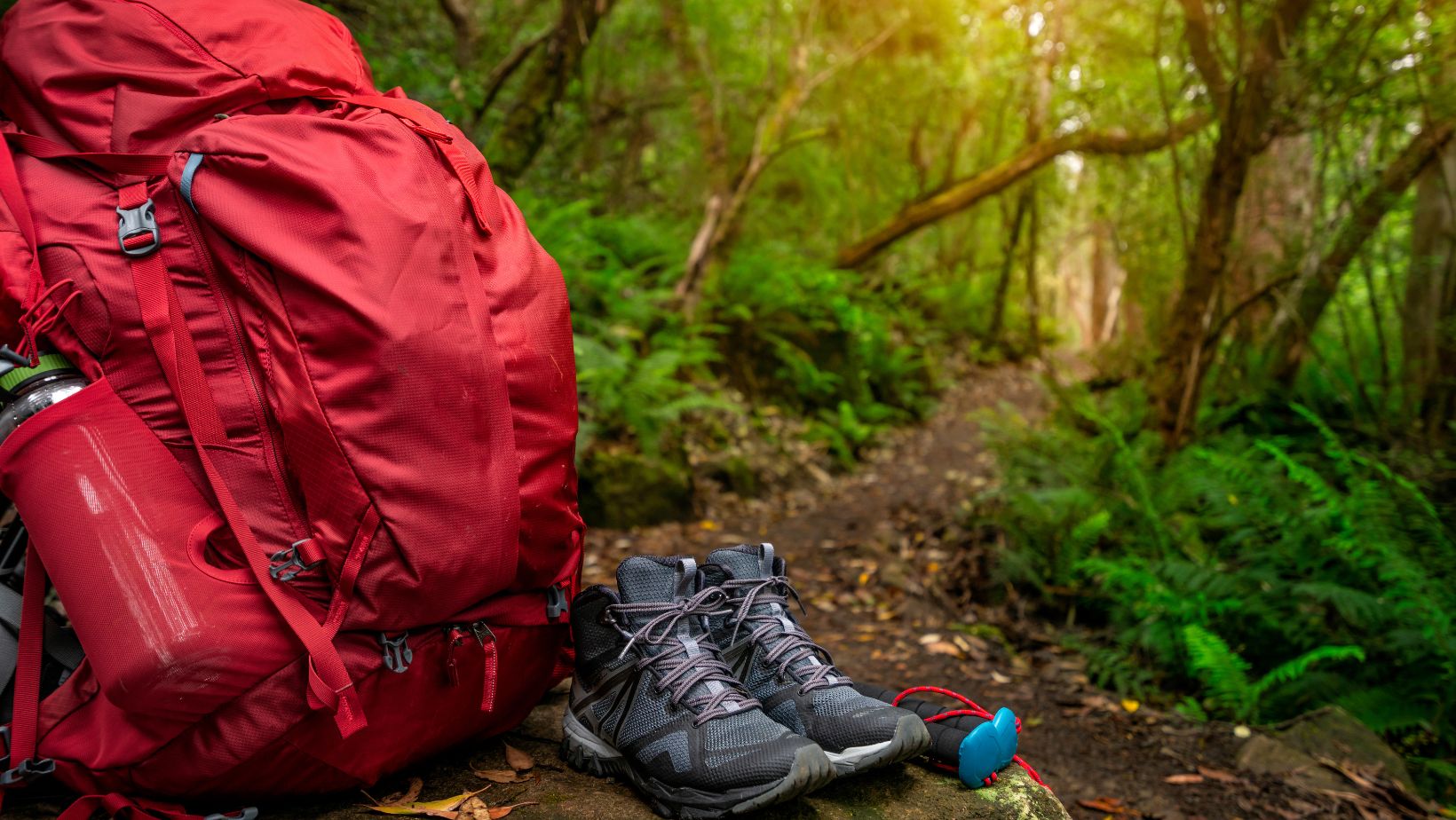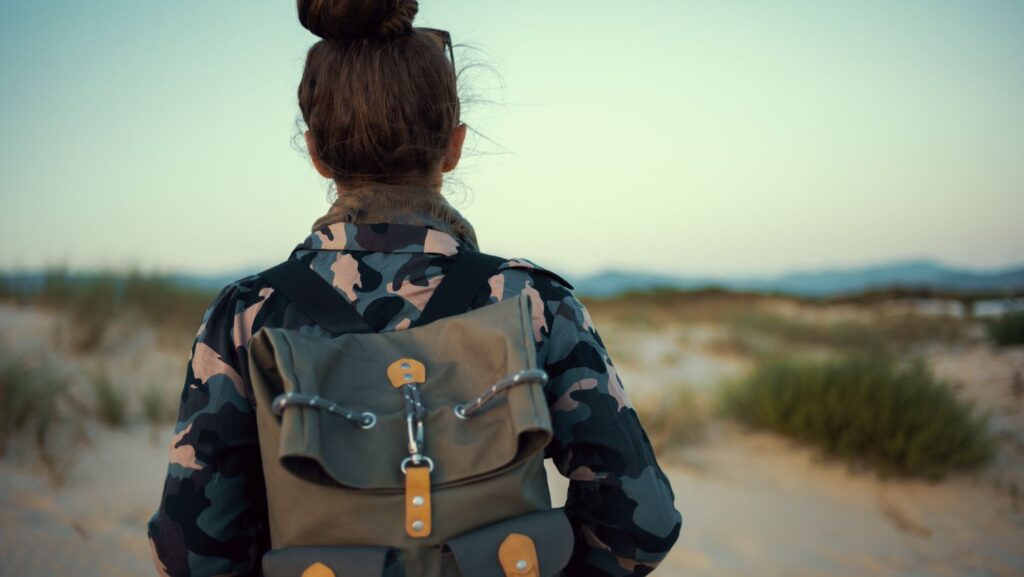Outdoor Gear Brands
Outdoor gear brands play a dominant role in the adventurous endeavours of outdoor enthusiasts. Making an informed choice on the brand can significantly impact the overall outdoor experience. A myriad of factors determine the choice of an outdoor gear brand. The mainstood among them include the quality of the products, their durability, and style.
- Quality: Optimal performance is cardinal for survival gear. Brands known for their high-quality gear often undergo thorough testing processes to ensure the products can withstand many conditions. Examples include those specializing in hiking or camping gear, like North Face and Columbia.
- Durability: The longevity of a product is another vital factor. For instance, brands like Arc’teryx and Patagonia have earned a reputation for creating gear that withstands the test of time.
- Style: Lastly, style may not be crucial for survival, but it surely is for some outdoor enthusiasts. Brands such as Fjällräven and Herschel offer products that are both functional and fashionable.
After considering these factors, here’s a brief description of some leading outdoor gear brands:
North Face: Known for their innovative and high-quality products, North Face is a favorite among mountaineers and climbers.
Columbia: Columbia stands out for its offering of durable yet affordable gear, earning it a place in the hearts of camping and hiking enthusiasts.
Arc’teryx: Arc’teryx is famed for its high-end, durable gear that appeals to those ready to invest in long-lasting products.
Patagonia: Patagonia’s eco-conscious approach to gear production, combined with their high-quality products, have made them a beloved brand among outdoor enthusiasts.
Fjällräven: Swedish brand Fjällräven combines functionality with style, often attracting those who don’t want to compromise on either.
Herschel: Herschel offers a range of stylish packs and bags, making them a go-to for day hikers and urban adventurers alike.
Outdoor Gear Brands for Specific Activities
Delving into outdoor gear brands, it’s evident that some cater specifically to particular activities. This direct focus often results in gear tailored for efficiency, safety and satisfaction in the intended pursuit. Now, let’s examine some top-performing brands in hiking, camping, and fishing.
For hiking enthusiasts, Salomon and Merrell stand as top choices. Salomon, established in 1947, showcases a broad array of sturdy, technologically advanced, breathable footwear, exemplified by the X Ultra 3 GTX hiking shoes. Salomon shoes offer remarkable traction and unparalleled comfort, aiding hikers in uphill climbs and challenging terrains.
Merrell, on the other hand, doesn’t just offer hiking boots. It’s also revered for its range of clothing and accessories. Products include the Moab 2 Ventilator hiking shoe, noted for its airy design and Vibram soles. Selecting Merrell guarantees a blend of durability, comfort, and functionality.
When it comes to camping, Coleman and Mountain Hardwear are brands that shine. Coleman’s lifespan spanning over a century serves as a testimony to the quality of its products. This brand’s robust line of camping gear includes the WeatherMaster Tent and the Rugged Folding Camp Shovel, both designed for convenience, durability and versatility.
Mountain Hardwear, on the contrary, caters to high-performance needs with technological advancements, such as the Ghost UL 2 Tent crafted from ultra-lightweight materials. Also noteworthy is its Lamina Eco AF sleeping bag, which utilizes recycled fabrics. Thus, with Mountain Hardwear, campers find resolute efficiency.
Sustainability Efforts of Outdoor Gear Brands
Outdoor gear production necessitates the use of raw materials, water, energy, and various manufacturing processes. It often involves synthetic materials like nylon or polyester, derivatives of non-renewable resources like crude oil. This production process emits greenhouse gases, contributing to climate change. Water pollution represents another significant challenge, resulting from toxic dyes and unprocessed wastewaters. Statistics indicate that 20% of industrial water pollution worldwide results from textile treatment and dyeing. Moreover, the life cycle of a product—how long it lasts and how it’s disposed of—also impacts the environment negatively. Awareness of these challenges prompts the need for sustainable initiatives in gear production.
Quite a few outdoor gear brands are pioneering sustainability within the industry. One such brand, Patagonia, embodies sustainability, devising its products, like the popular Torrentshell 3L Jacket, from 100% recycled materials. Patagonia’s return program welcomes previously used gear, emphasizing a circular economy.
Arc’teryx presents another clear example of commitment to sustainability – its durability ethos means less frequent replacement, thereby reducing the environmental footprint. Areic, a lesser-known but equally committed brand, upholds similar principles with its use of recycled materials and long-lasting designs.
Through these strategies and more, outdoor gear brands continue to refine their operations to harmonize with environmental conservation. The shift gears from not only surviving outdoor experiences but also preserving the environment for future adventures. This novel approach emphasizes a win-win situation between industry growth and environmental sustainability.

